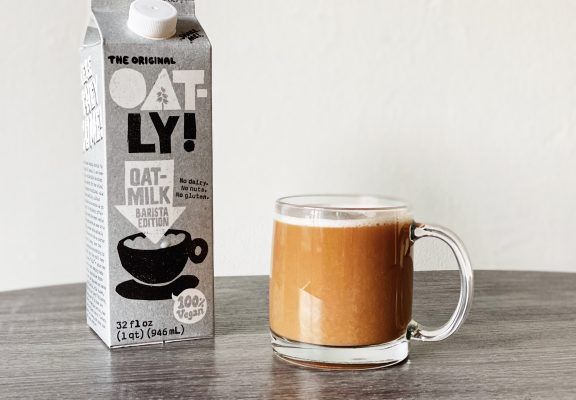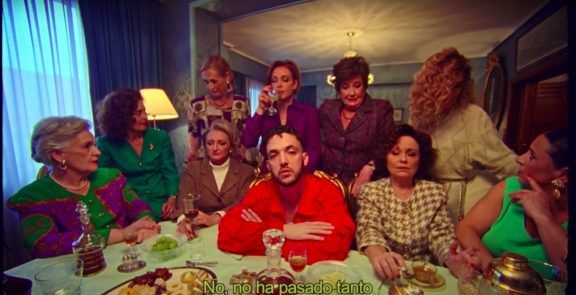

Challenger brands: from saying to doing
What’s the tension?
The product or service categories of our environment must respond to changes in people’s lives at an ever-faster rate. More and more scenarios are emerging where consumers are demanding more innovation, more quality or more variety. In this regard, getting comfortable can be a problem, just like being reluctant to evolve because of fear of losing what you already have. Being a leading brand does not mean being the brand that defines a category. We are talking about the challenger brands in this case.
What do we need to know?
A challenger brand is a brand with the ability to assert and lead the most relevant emotional narrative of the category to which it belongs. They do not necessarily have to be sales leaders; precisely its “niche” or “new brand” position allows it to bring a new vision to the category that subverts the rules and breaks with the norm.
This way of being and doing implies a growth in business, as you would expect, although it doesn’t just stop here A challenger brand emotionally leads the category, sets the direction and obliges the other brands to adapt to their brand narrative or differentiate themselves (often renouncing their essence in the attempt).
There are three major approaches to this brand model:
- Challenger brands by nature. These are brands that, from their beginnings, due to their visual imagery, tone and manner, expressive codes, communication territories, value proposition, innovation pipeline, etc., are already challengers in their category. They are born with the aim of offering a new perspective and transforming the category through it.
- Brands that evolve their DNA. These are brands that at any given time detect a powerful and disruptive insight in their category and, as a result, transform their entire value proposition, followed by the formal imagery, narrative, innovation, target, etc.
- Brands that adopt a challenger narrative. These brands have been able to read the environment and adapt their communication territory to a challenger brand story, attracting new consumers through their values and perception.
Who can we learn from and what should we look at?
- One brand that is born as a challenger and worth following is Heura, whose challenger DNA does not emotionally confront its competitors in the categories in which it operates (plant based) but competes against all of them competing in its demand spaces. They have forced everyone to respond and have positioned themselves leading the conversation.
- Oatly is a brand that has undergone a great evolution within the vegetable beverage category adapting its DNA (very focused on the primitive insight of the category based on renunciation) to propose a new emotional narrative based on the positivisation of its categories, aimed at a broader target audience, with an unconventional, unscientific tone and manner, and a contemporary visual imagery.
- Among brands that adopt a challenger narrative, we can highlight Estrella Galicia, a brand that has been able to read the situation of the brewery category to adopt a challenger communication territory, activation and content, maintaining the other elements of its value proposition intact.


